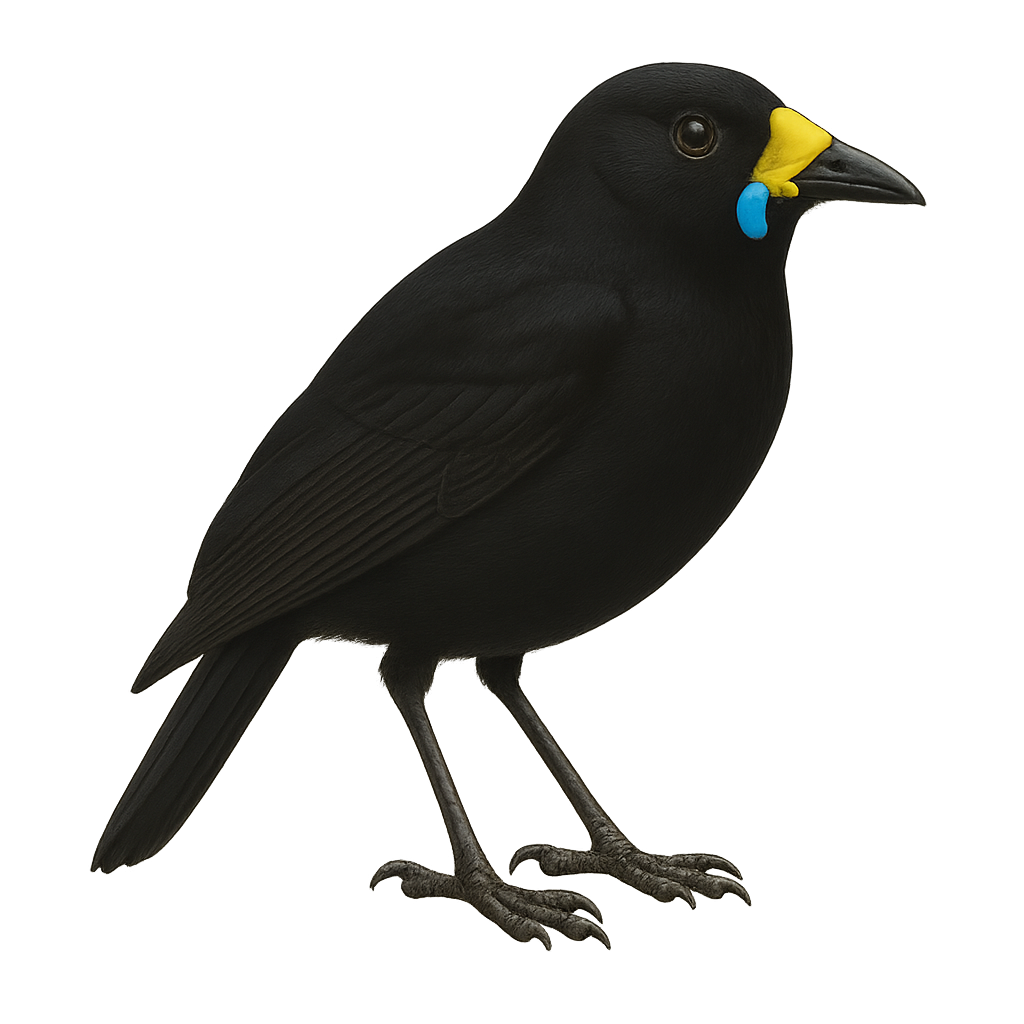Your wildlife photography guide.
Explore the wattled ploughbill in detail, study its behavior, prepare your shots.
Where to observe and photograph the wattled ploughbill in the wild
Learn where and when to spot the wattled ploughbill in the wild, how to identify the species based on distinctive features, and what natural environments it inhabits. The WildlifePhotographer app offers tailored photography tips that reflect the wattled ploughbill’s behavior, helping you capture better wildlife images. Explore the full species profile for key information including description, habitat, active periods, and approach techniques.
Wattled Ploughbill
Scientific name: Paradigalla carunculata

IUCN Status: Near Threatened
Family: PARADISAEIDAE
Group: Birds
Sensitivity to human approach: Suspicious
Minimum approach distance: 10 m
Courtship display: June to August
Incubation: 17-19 jours
Hatchings: June to September
Habitat:
Tropical forests, mountains, rainforests
Activity period :
Primarily active during the day, with peak activity in the morning and late afternoon.
Identification and description:
The Wattled Ploughbill, or Paradigalla carunculata, is a fascinating bird native to the mountainous forests of New Guinea. This member of the Paradisaeidae family is known for its distinctive facial wattles and glossy black plumage. Males display yellow and blue wattles, while females have more subdued plumage. These birds are often seen in pairs or small groups, primarily feeding on fruits and insects. Their behavior is generally suspicious, making them difficult to observe in their natural habitat. The Wattled Ploughbill plays an important role in the ecosystem as a pollinator and seed disperser, thus contributing to the biodiversity of its environment.
Recommended lens:
400 mm – adjust based on distance, desired framing (portrait or habitat), and approach conditions.
Photography tips:
To photograph the Wattled Ploughbill, it is advisable to use a telephoto lens of 400mm or more to capture detailed images without disturbing the bird. Given their suspicious behavior, it is best to stay at least 10 meters away. Look for areas where they feed, such as fruit trees, and be patient. Use a tripod to stabilize your camera and wait for the bird to perch in an advantageous position. Morning or afternoon light is ideal for capturing vibrant colors and good contrast in your photos.
The WildlifePhotographer App is coming soon!
Be the first to explore the best nature spots, track rutting seasons, log your observations, and observe more wildlife.
Already 1 439 wildlife lovers subscribed worldwide

